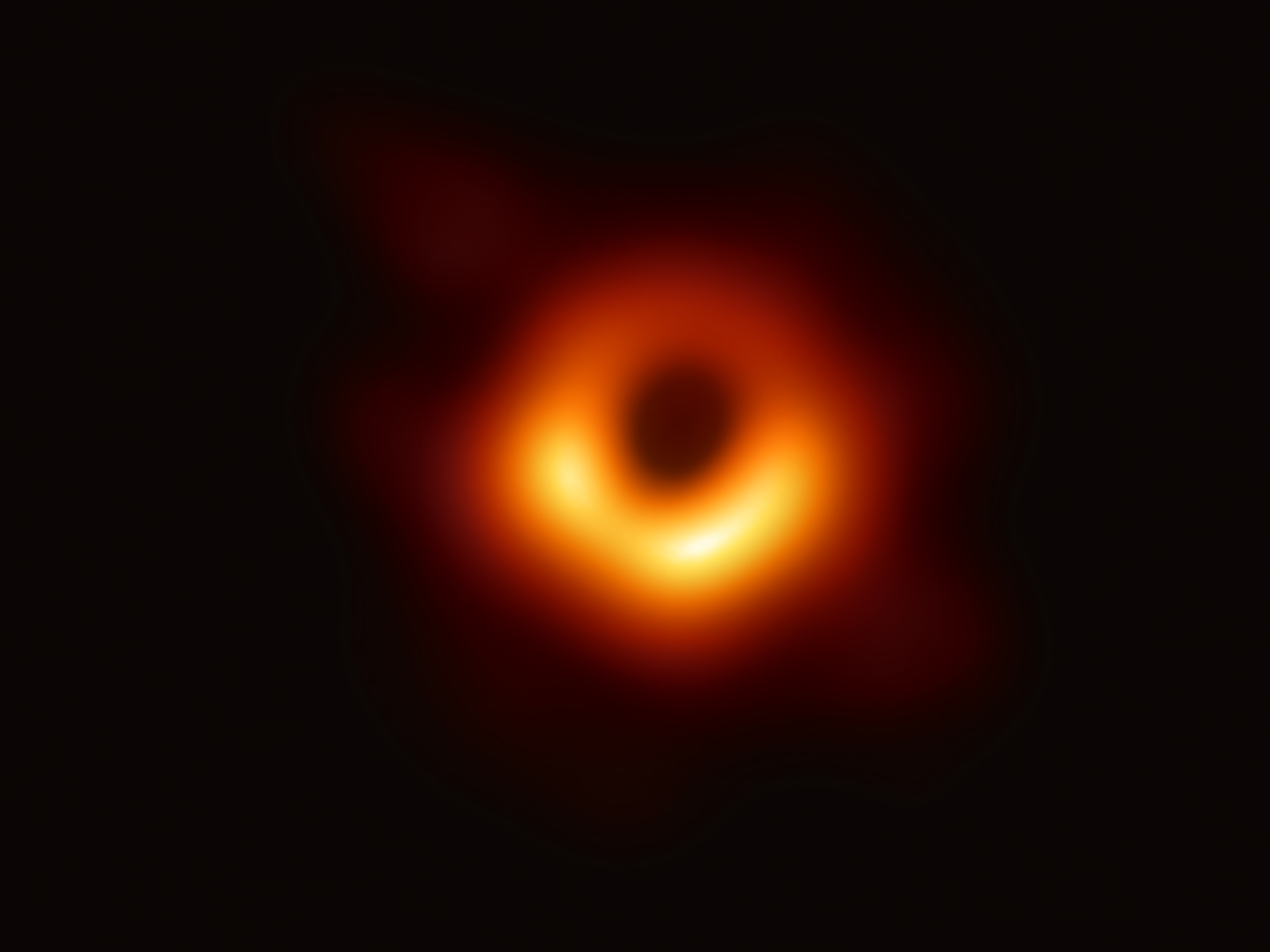EU-funded scientists release first-ever black hole image
A global collaboration involving EU-funded scientists has unveiled the first captured image of a black hole at the centre of M87, a massive galaxy in the constellation of Virgo, some 55 million light years from Earth. The first direct visual evidence of the black hole and its shadow was based on the observations of the Event Horizon Telescope (EHT), a network of 8 radio telescopes spanning locations from Spain and Chile to Antarctica. Image will go down in scientific history On 10 April, details were announced at a press conference held by the European Commission, the European Research Council (ERC) and the EHT project. Carlos Moedas, the EU Commissioner responsible for Research, Science and Innovation, referred to the first image ever captured of a black hole as a “huge breakthrough for humanity.” The EHT results were published in a series of papers in ‘The Astrophysical Journal Letters’. The ERC has provided funding to scientists involved in the EHT collaboration through two projects, BLACKHOLECAM and RadioNet, both of which will both run until 2020. The BLACKHOLECAM (Imaging the Event Horizon of Black Holes) project was launched to image, measure and understand astrophysical black holes. As explained on the project website, the research focuses on testing Einstein’s theory of general relativity. A press release by the European Commission states: “This major scientific achievement marks a paradigm shift in our understanding of black holes, confirms the predictions of Albert Einstein’s General Theory of Relativity and opens up new lines of enquiry into our universe.” Black holes are compressed cosmic objects with enormous masses but extremely compact sizes. Their existence has a huge impact on their environment, warping spacetime and super-heating any surrounding material. The black hole whose image was captured has a mass 6.5 billion times larger than the sun. Multiple independent EHT observations and imaging methods were used to reveal a ring-like structure with a dark central region – the black hole’s shadow. Strongest evidence for existence of supermassive black holes A press release on the EHT website explains: “The shadow of a black hole is the closest we can come to an image of the black hole itself, a completely dark object from which light cannot escape. The black hole’s boundary – the event horizon from which the EHT takes its name – is around 2.5 times smaller than the shadow it casts and measures just under 40 billion km across.” The scientists involved with the BLACKHOLECAM project also hope to focus on Sagittarius A*, the supermassive black hole at the centre of the Milky Way. The EHT observations used telescopes and infrastructure that benefited from the EU-funded RadioNet (Advanced Radio Astronomy in Europe) project. Consisting of institutions in Europe, the Republic of Korea and South Africa, it integrates infrastructures for research in radio astronomy. For more information, please see: BLACKHOLECAM project website RadioNet project website
Countries
Belgium



